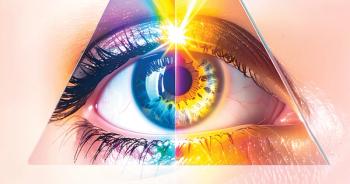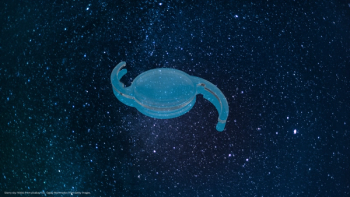
Epi-LASIK: less pain & faster visual recovery than mechanical or laser PRK
Surface ablation provides an opportunity to reduce the biomechanical weakening of the cornea. The downsides have always been pain and the relatively slow pace of visual recovery, but with Epi-LASIK, we are now able to manage those factors much more effectively
Corneal ectasia is one of the most important complications of LASIK surgery. As such, understanding and preventing ectasia has become increasingly important as refractive surgeons have perfected their LASIK results and reduced other complications to a minimum.
A number of published studies have shown permanent alterations in the sub-basal nerve morphology, corneal structure, and histopathology in post-LASIK eyes.1-4 New diagnostic equipment, such as the Oculus Pentacam and the Reichert Ocular Response Analyzer (ORA), are now providing additional data about the pre and postsurgical cornea that will be critical in our understanding of the cornea and of risk factors for ectasia.
The study: putting four procedures to the test
My colleagues and I recently undertook a prospective study comparing four refractive surgical procedures: LASIK with thin flaps; Epi-LASIK; PRK with mechanical epithelium removal (with a brush); and trans-epithelial PRK. Our goal was to compare the CH and wavefront values in the four groups, as well as patient comfort and visual recovery.
Newsletter
Get the essential updates shaping the future of pharma manufacturing and compliance—subscribe today to Pharmaceutical Technology and never miss a breakthrough.













































